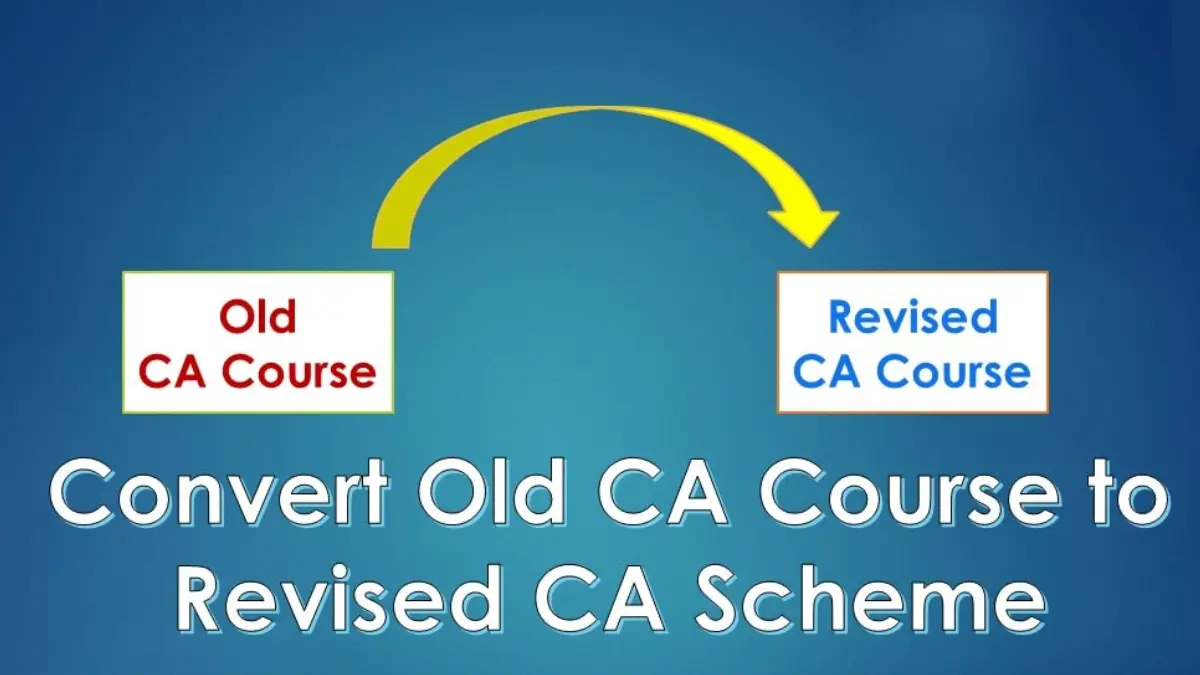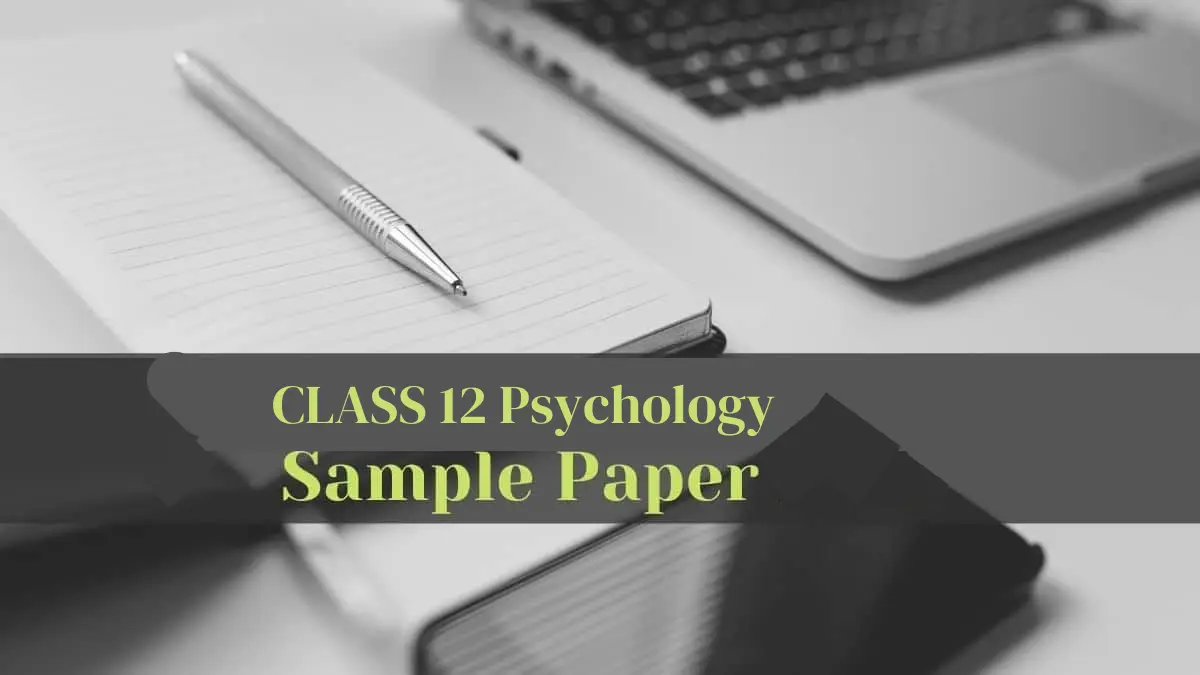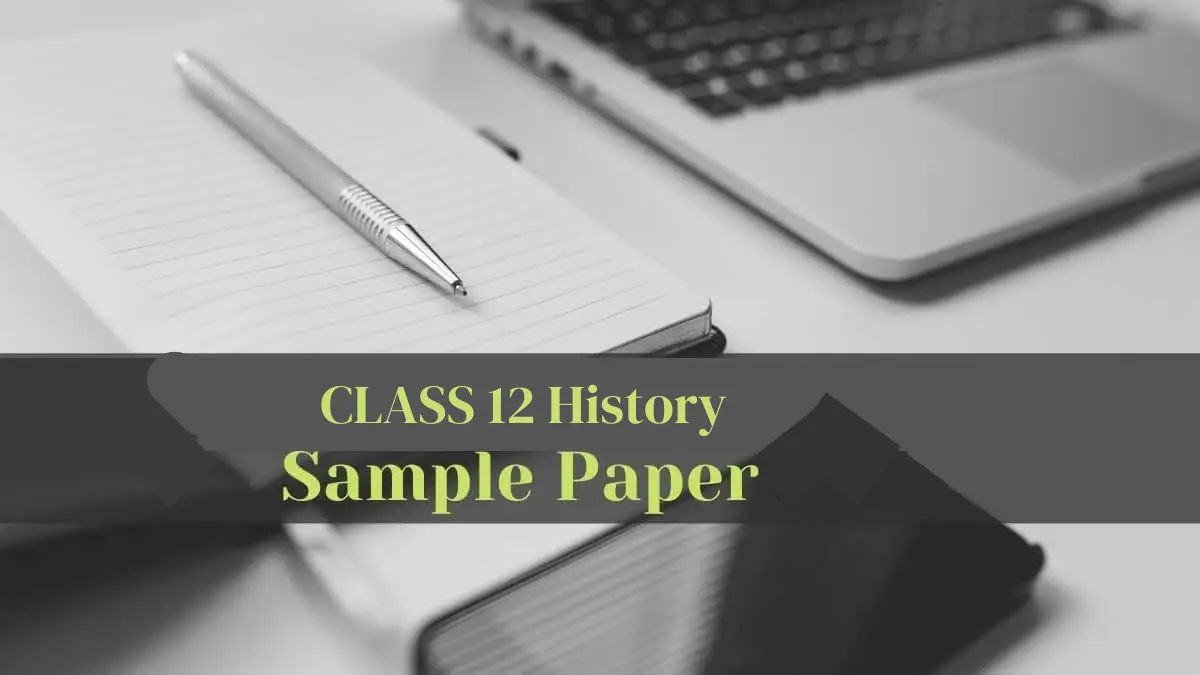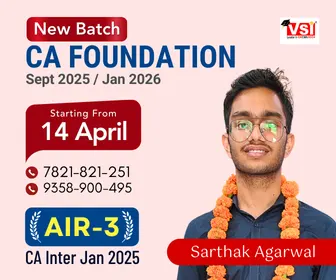Are you dreaming to be a Chartered Accountant? And Why not? In the present time, if we are looking for a profession that comprises of respect, prestige and awe-inspiring financial rewards then Chartered Accountancy can be seen as an excellent option. So today we will guide you about subjects needed to become a chartered accountant in India.
The prefix Chartered Accountants makes you different from others. According to the latest data, there are still 2.8 lakhs Chartered Accountants in the population of 130 crores.
Pursuing CA is not an easy task, it requires high dedication, hard work, and talent. People take years to become a Chartered Accountant. But you must not be aiming to do so. Therefore, prepare yourself from the starting to become Chartered Accountant in its minimum duration.
Anyone after 12th can pursue Chartered Accountancy either a Commerce student or Non-commerce student. But, students mainly with commerce stream pursue the Chartered Accountancy course because they have a basic understanding of CA subjects i.e. Accountancy.
In this article, we are guiding you on how the subjects you opted for in the 11th and 12th can help you in your further studies of CA.
Also Read – How to Become CA
Also Check: Complete CA Course Guide
Commerce With or Without Maths –
So many questions arise in a student while planning about CA such as Is maths compulsory for CA? Will it be tough to pursue? Etc. But as we know that anybody can opt for CA whether or not he belongs to the commerce stream but students from the commerce stream mostly opt for CA as their subjects are much similar to its entrance test. It gives you a base of its core subjects i.e. Accounting. Maths with Commerce is like icing on the cake because it is a compulsory subject in CA Foundation. It becomes quite easy for a commerce student to pursue Chartered Accountancy comparatively others.
Students belonging to the CBSE or ICSE Boards are in a better position to opt for CA as it involves Mathematics. However, state boards have given options with commerce, and those who do not opt for Maths have to work a little hard while preparing for the CA Foundation.
Science With Maths –
So many students belonging from Science Stream with Maths in 11th and 12th opt for Chartered Accountancy course. Maths is the primary subject in the entrance test of CA i.e. CA Foundation/CPT and this is the biggest advantage for these students. They can solve the entire Maths and Stats without taking help of any mentor from the ICAI Study Material for which commerce student has to suffer a lot. Law is new for every student, what remains is Accounts and Economics. You will be granted 4 months study period once you get registered into the CA Foundation course and if studied in proper guidance then 4 months are more than enough to study the remaining subjects.
Science Without Maths –
Very few students from this stream opt for Chartered Accountancy. Science could not make you study Accounts and Economics and being a non-maths student, you will have to struggle for one more primary subject in CA and i.e. Business Maths, Logical Reasoning, and Statistics.
But still, there are a number of students who even after belonging from Science without Maths become successful Chartered Accountant and placed in well-reputed companies at higher packages.
Although you have work for all four subjects if you are hard-working then it is not a big deal for you.
Let’s move further towards the subjects in CA Foundation –
- Principles and Practices of Accounting.
- Mercantile Laws and General English
- Business Economics and Business and Commercial Knowledge
- Business Mathematics, Logical Reasoning, and Business Statistics
Must download the CA Intermediate Paper with Answers
Principles and Practices of Accounting
The first Paper in CA Foundation is Principles and Practices of Accounting which is the core subject needed to become a chartered accountant in India. If you are a commerce student, you will be benefited to crack this paper with minimum effort. The syllabus at the Foundation level is much similar to your Senior Secondary classes. The motto behind the entrance test is to check whether you are capable to pursue this course or not. Hence, make sure your basics of Accounts in your senior secondary classes must be strong if you are passionate about becoming CA.
Have a look at the syllabus of Accounting in the CA Foundation course –
The syllabus of Principles and Practices of Accounting is as follows –
Objective:
To develop a conceptual understanding of the fundamentals of the financial accounting system and account for special transactions
#1 Theoretical Framework
Meaning and Scope of accounting
Accounting Concepts, Principles, and Conventions
Accounting Standards – concepts, objectives, benefits
Accounting Policies
Accounting as a measurement discipline – valuation principles, accounting estimates
#2 Accounting Process
Books of Accounts leading to the preparation of Trial Balance, Capital and revenue expenditures, Capital and revenue receipts, Contingent assets and contingent liabilities, Fundamental errors including rectifications thereof.
#3 Bank Reconciliation Statement
#4 Inventories
Basis of inventory valuation and record keeping.
#5 Depreciation accounting
Methods, computation, and accounting treatment of depreciation, Change in depreciation methods.
#6 Preparation of Final Accounts for Sole Proprietors
#7 Simple Problems on Financial Statements of Not-for-Profit Organisations
#8 Accounts from Incomplete Records.
#9 Average Due Date and Account Current
#10 Accounting for Special Transactions
Consignments
Joint Ventures
Bills of exchange and promissory notes
Sale of goods on approval or return basis (e) Departmental accounts.
#11 Partnership Accounts
Final accounts of partnership firms – Basic concepts of admission, retirement, and death of a partner including treatment of goodwill.
#12 Introduction to Company Accounts
The issue of shares and debentures, forfeiture of shares, re-issue of forfeited shares, the redemption of preference shares.
Mercantile Law and General English –
Paper 2 in CA Foundation is comprised of two subjects –
- Mercantile Law
- General English
Mercantile Law is a completely new subject for both Science and Commerce students as well. But the subject is interesting and scoring as well. Basic knowledge of the Indian Contract Act, Sales Act, LLP, and Companies Act is given through this subject.
Syllabus of Mercantile Law –
Objective:
“To test the general comprehension of elements of Mercantile Law including Company Law”
Contents
- The Indian Contract Act, 1872: An overview of Sections 1 to 75 covering the general nature of the contract, consideration, other essential elements of a valid contract, performance of the contract, and breach of contract.
- The Sale of Goods Act, 1930: Formation of the contract of sale, Conditions, and Warranties, Transfer of ownership and delivery of goods, Unpaid seller and his rights.
- The Indian Partnership Act, 1932: General Nature of Partnership, Rights, and duties of partners, Registration and dissolution of a firm.
- The Limited Liability Partnership Act, 2008: Introduction- covering nature and scope, Essential features, characteristics of LLP, Incorporation, and differences with other forms of organizations.
- The Companies Act, 2013 [section 1 to 22]: Important definitions, Introduction of company & corporate veil theory, Classes of companies, Conversion of company, Incorporation of company, Memorandum of Association, Articles of Association, Alteration of Memorandum and Articles, Doctrine of Indoor Management, Conversion of companies already registered, Promoters, Service of documents.
General English is a basic English test in the CA Foundation Paper. This subject has been newly introduced in the revised curriculum to test the basic communication skills of a candidate. The paper is scoring but needs more and more practice. The syllabus of the General English in the Foundation Paper is –
Syllabus of General English –
Objective –
To acquire and develop good communication skills required for business correspondence and reporting.
| Section A | Section B | Section C |
| Comprehension Passages and Note Making | Develop Writing Skills | Basic English Grammar |
|
|
|
Business Mathematics, Logical Reasoning, and Business Statistics
For some students, Maths is considered as the biggest issue to clear the entrance level but students who had studied Maths in their Senior Secondary Classes get its benefit at the Foundation level. So, if you are a Maths student, one more subject will be going to be easy for you to crack the entrance level. Although, there are a number of non-maths students who qualify the entrance level in their first attempt.
Syllabus of Business Mathematics, Logical Reasoning and Business Statistics is as follows –
Part – A. Business Mathematics
- Ratio and Proportion, Indices and Logarithms: 20% to 30%
Ratio and Proportion (Business Applications related to Ration and Proportion) Laws of Indices, Exponents and Logarithms and Antilogarithms.
- Equations and Matrices
– Equations: Simultaneous linear equations up to three variables, Quadratic and Cubic equations in one variable.
– Matrices: Algebra of Matrices, Inverse of a Matrix and determinants, solving system of equations by Cramer’s Rule (involving not more than three variables).
- Linear Inequalities with Objective Functions and Optimization w.r.t. objective function.
- Time value of Money: 30% to 40%
– Simple Interest
– Compound interest
– Depreciation
– Effective Rate of Interest
– Present Value
– Net Present Value
– Future Value
– Perpetuity
– Annuities
– Sinking Funds
– Valuation of Bonds
– Calculating of EMI
– Calculations of Returns:
* Nominal Rate of Return
* Effective Rate of Return
* Compound Annual growth rate (CAGR)
- Permutations and Combinations: 30% to 50%
Basic concepts of Permutations and Combinations: Introduction, the Factorial, Permutations, results, Circular Permutations, Permutations with restrictions, Combinations with standard results.
- Sequence and Series
Introduction Sequences, Series, Arithmetic and Geometric progression, Relationship between AM and GM and Sum of n terms of special series
- Sets, Relations, and Functions
- Basic applications of Differential and Integral calculus (Excluding the trigonometric applications), Applications of Marginal Cost and Marginal Revenue etc.,
Part – B: Logical Reasoning
60% to 70%
– Number series, Coding, Decoding, and the odd man out.
– Direction Tests
– Seating Arrangements
30% to 40%
– Blood Relations
– Syllogism
Part – C: Statistics
- Statistical description of Data: 45% to 50%
Statistical Representation of Data, Diagrammatic representation of data, Frequency distribution, Graphical representation of Frequency Distribution – Histogram, Frequency Polygon, Ogive, Pie-chart.
- Measures of Central Tendency and Dispersion
Measures of Central Tendency and Dispersion: Mean Median, Mode, Mean Deviation, Quartiles and Quartile Deviation, Standard Deviation, Co-efficient of Variation, Coefficient of Quartile Deviation.
- Probability: 25% to 30%
Probability: Independent and dependent events; mutually exclusive events. Total and Compound Probability and Mathematical Expectation.
- Theoretical Distributions
Theoretical Distributions: Binomial Distribution, Poisson distribution – Basic application and Normal Distribution – Basic applications.
- Correlation and Regression: 10% to 15%
Correlation and Regression: Scatter diagram, Karl Pearson’s Coefficient of Correlation Rank Correlation, Probable Error and Probable limits. Regression lines, Regression equations, Regression coefficients.
- Index Numbers and Time Series: 10% to 15%
– Index Numbers: Uses of Index Numbers, Problems involved in the construction of Index Numbers, Methods of construction of Index Numbers.
– Time Series Analysis – Components of Time Series and Calculation of Trend by Moving Average Method.
Business Economics and Business and Commercial Knowledge
The Paper 4 of CA Foundation also comprises of two subjects –
- Business Economics
- Business and Commercial Knowledge
Some students are familiar with Business Economics while some are not. It depends on the subject they have chosen in their secondary classes. Again the course is similar to your senior secondary classes. Therefore, If you choose Commerce with Economics, you will be benefited by one more subject.
Syllabus of Business Economics is as follows –
Part 1: Business Economics (60 Marks)
- Introduction to Business Economics: 15% to 20%
– Meaning and scope of Business Economics
– Basic Problems of an Economy and Role of Price Mechanism.
- Theory of Demand and Supply: 35% to 40%
– Meaning and determinants of demand, Law of demand and Elasticity of demand?Price, income and cross elasticity
– Theory of consumer’s behavior – Marshallian approach and Indifference curve approach
– Meaning and determinants of supply, Law of supply and Elasticity of supply.
– Demand Forecasting
- Theory of Production and Cost
– Meaning and Factors of production
– Laws of Production – The Law of Variable proportions and Laws of Returns to Scale, Producer’s equilibrium
– Concepts of Costs ? Short-run and long-run costs, Average and marginal costs, Total, fixed and variable costs.
- Price Determination in Different Markets: 25% to 30%
– Various forms of markets – Perfect Competition, Monopoly, Monopolistic Competition and Oligopoly
– Price determination in these markets.
- Business Cycles: 15% to 20%
– Meaning
– Phases
– Features
– Causes behind these Cycles.
Part – 2: Business and Commercial Knowledge
- Introduction to Business: 15% to 18%
Nature of Business, Profession, and Employment. Objectives of Business. Economic and Non-Economic Activities, Forms of Business Organizations.
- Business Environment: 15% to 18%
Micro and Macro Environment, Elements of Micro Environment – Consumers/Customers, Competitors, Organization, Market, suppliers, Intermediaries, Elements of Macro Environment – Demographic, Economic, Political-legal, Sociocultural, Technological, Global Environment.
- Business organizations: 15% to 18%
Overview of leading Indian and Global Companies.
- Government Policies for Business Growth: 15% to 18%
Policies creating a conducive business environment such as Liberalization, Privatization, Foreign Direct Investment.
- Organizations facilitating Business: 15% to 18%
– Indian regulatory bodies – SEBI, RBI, IRDA, CCI
– Indian Development Banks – IFCI, SIDBI, EXIM Bank, NABARD
- Common Business Terminologies: 15% to 20%
– Finance Terminologies.
– Marketing Terminologies.
– Stock & Commodity Markets Terminologies.
– Banking Terminologies.
– Other Business Terminologies.
FAQs about CA subjects
Q.1 What is qualification is required for CA?
Answer Minimum qualification required for CA is 12th pass.
Q.2 Is Mathematics compulsory for CA?
Answer No, Mathematics is not compulsory for CA.
Q.3 How many years are proposed for CA course?
Answer Five years is maximum period to complete CA.
Q.4 How many subjects are in CA?
Answer There are four subjects in CA ( all details about CA subjects are mention above in the article).
In the given article, we have shared with you the subjects needed to become a Chartered Accountant. We have talked about the subjects you will be benefited in CA by choosing in your senior secondary classes. Also, shared the syllabus of each subject.
Hope you find it useful, so stay in tune with us for more such useful information.










